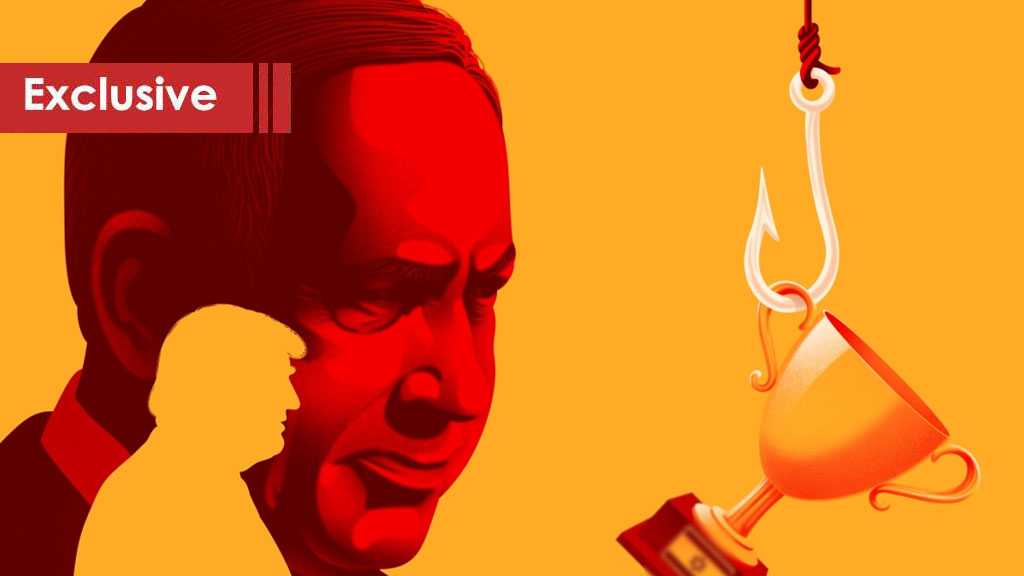The Day the Dawn Prayer Rang in Jal Al-Bahar

By Hussein Khazem
The morning of Thursday, November 11, 1982, was no ordinary morning. It marked the first clear moment after the bloody invasion — a turning point from defense to attack. For forty years the earth kept its secret about that day. This account aims only to set out the reality that emerged then, when despair had settled in many hearts except those who still believed.
Lebanon had entered the “Israeli” era. One Zionist described the situation as something like “having the mayor of ‘Tel Aviv’ give a speech in the middle of Gaza.” It was over: “Israel” had raised signs in Hebrew pointing to village names and the routes to them. A few meters in front of one of those signs stood the Azmi building, which the occupation had taken as the headquarters of its military rule over the city of Tyre and its surroundings. Those signs provoked Ahmad Qassir and some of his friends from Deir Qanoun Al-Nahr in the Tyre district, among them Rida Hariri — who will be mentioned later — so Ahmad moved quickly and removed some of those signs in a simple act of resistance.
Ahmad was not persuaded by weapons-collection operations or by some of the visible forms of rejecting the occupation. He confided the secret to his comrade Rida, who, with others from their group, witnessed the formation of the initial nucleus of the Islamic resistance. Rida contacted the operations commander in the south, Hajj Ali Karaki, and explained the situation. Ahmad was urgently summoned to Beirut to meet the commander Hajj Imad Mughniyeh. In recounting the objective, Hajj Abu Al-Fadl remembered Ahmad’s ardor and faith, and said that Ahmad was the originator of the idea for the martyrdom operation — noting that the idea would not have seen the light of day without the endorsement of Hajj Imad and Hajj Abu Al-Fadl.
When discussing Ahmad himself, the Islamic Resistance leadership asked what excuse he would give for being absent from home — not only for carrying out the operation but for taking part in its preparations. Ahmad says he prepared a cover story: he would go missing during a visit to what was then called East Beirut, supposedly to collect some money. He provided the leadership with identification photos, and the leadership published a report of his disappearance in the newspapers — this was done one day before the operation, the day the mission was due to take place.
From a religious-legal standpoint, and given the piety of the leadership and the individuals involved, permission had to be obtained to carry out the action. This matter was extremely sensitive; similar operations were delayed until permission was granted, as happened with the Al-Shajarah School Operation, which was postponed despite completed preparations because of this requirement. Later this procedure became a jurisprudential precedent.
Hajj Abu al-Fadl returned to Deir Qanoun to complete the preparations. He met Ahmad and asked him to record any obligations he had to others so they could be settled. When the morning of November 11, 1982 arrived, two cars set out for the target. The first carried Ahmad and had been rigged with explosives prepared in advance under the supervision of Mughniyeh and Karaki; the second carried two men who followed Ahmad until the Aabbasiyyah junction [visible in the photograph with the Hebrew signs]. Ahmad’s car brakes failed; Hajj Abu Al-Fadl approached and gave him the choice to complete the mission or return. Ahmad refused to turn back, saying that once he reached zero hour, he would not accept retreat. He drove with calm and steadiness, and the other car pulled to the roadside. Ahmad’s mother later recounted that a student from the town was standing opposite the building; Ahmad asked him to move away. The student did so without argument. Ahmad then accelerated toward the building, crashing his car into the lower floor so that the structure collapsed instantly.
Three years passed between the operation and the announcement of Hezbollah’s responsibility, which came with the martyr’s name: “Fateh Khaybar” [Conquest of Khaybar] — Ahmad Jaafar Qassir. The mission was overseen by the then-member of Hezbollah’s Consultative Council, the Sayyed of the Nation’s Martyrs, His Eminence Sayyed Hassan Nasrallah, who represented the party at the memorial; Rida Hariri supervised that ceremony and the Islamic Resistance’s statement was read there. The memorial held for the village’s martyrs quickly became an earthquake that answered a question that had not been understood at the time of the operation.
Today, after 43 years, the puzzle unfolds quietly and painfully. Many have written and spoken about the operation; only the name of Hajj Abu Al-Fadl was missing as the direct commander of the mission. By believing in two young men from the villages, he opened the door wide to this kind of operation against the enemy. This text is written as a salute to him, to Rida Hariri, to the others still living who left their marks on the operation, and to Imad Mughniyeh, who at that moment with his comrades stood as equals to Ariel Sharon and toppled the myth — the day the dawn prayer rang in Jal Al-Bahar.



